Details
Description
SKU: A0.853043
Composed by Hans-Andre Stamm. Classical,Concert. Score. 16 pages. Hans-Andre Stamm #2343195. Published by Hans-Andre Stamm (A0.853043).The Amadeus-Suite is a result of Stamm's Mozart's organ music studies.
Besides the three well-known pieces KV 594, 608 and 616 and other pieces for keyboard without special assignment, which suggest the performance on an organ, I could find among the many fragments left by Mozart some, which had been designed for organ or, like fugue fragments, are suited for organ. Some of thoses themes were so concise, that continuing them in Mozart's late style seemed a charming idea to me. In his latest years Mozart had reached a new freedom of formal conception and harmonic modulation.
The first three measures of the introducing Adagio are the fragment of an Adagio d minor KV Anh. 34 (385h) in the style of a French ouverture. According to this form it seemed obvious to continue with a Fugue, for which fragment KV 375h seemed suited.
The 3rd mvmt Adagio begins with a fragment in b minor without KV number (m. 1-5), a theme which reminds much of Adagio in b minor KV 540 for piano, perhaps a previous attempt of the latter. M. 11-13 have been taken from an Adagio in d minor „für ein Orgelwerk" (there forming m. 4-7). The final Rondo begins with nine measures of the fugue fragment KV Anh. 33 and 40 (383b). Mozarts notation ends with the theme entrance in the bass. The final Rondo begins with nine measures of the fugue fragment KV Anh. 33 and 40 (383b). Mozarts notation ends with the theme entrance in the bass. Regardless of why he left the sketch unfinished, the theme seemed to dance-like for a normal fugue construction.
Therefore I used it as a introducing fugato leading to a new theme -- o formal synthesis found several times in Mozart's works. As a third theme the fragment of a Menuett in D major KV Anh. 34 (385h II, KV 6: 576a) has been integrated.
The hints concerning the registration are mainly limited to dynamic levels on the manuels.
The introducing Adagio should be played with a pleno sound including reeds, mainly in the pedal, the fugue in a reduced registration and brilliant, the Adagio based on soft stops like Flutes and Gambas, increasing in the middle section.
Videos here: 1st (Adagio) & 2nd mvmt (Fuga) www.youtube.com/watch?v=oONk7MnNKMA
3rd mvmt Adagio www.youtube.com/watch?v=j7T6dMGDBpU
Finale Allegro www.youtube.com/watch?v=sKwGEr9X4Gc
This product was created by a member of ArrangeMe, Hal Leonard’s global self-publishing community of independent composers, arrangers, and songwriters. ArrangeMe allows for the publication of unique arrangements of both popular titles and original compositions from a wide variety of voices and backgrounds.
Digital Downloads are downloadable sheet music files that can be viewed directly on your computer, tablet or mobile device. Once you download your digital sheet music, you can view and print it at home, school, or anywhere you want to make music, and you don’t have to be connected to the internet. Just purchase, download and play!
PLEASE NOTE: Your Digital Download will have a watermark at the bottom of each page that will include your name, purchase date and number of copies purchased. You are only authorized to print the number of copies that you have purchased. You may not digitally distribute or print more copies than purchased for use (i.e., you may not print or digitally distribute individual copies to friends or students).
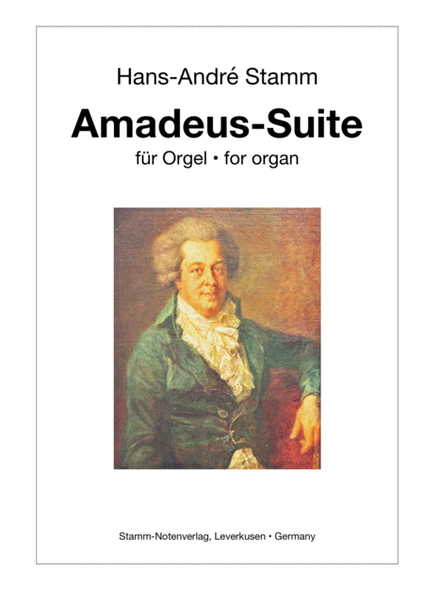
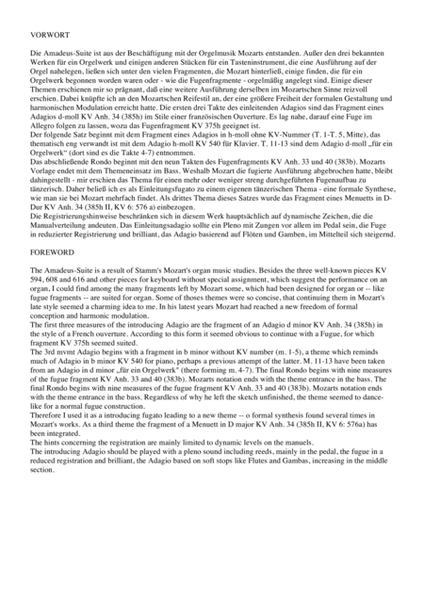
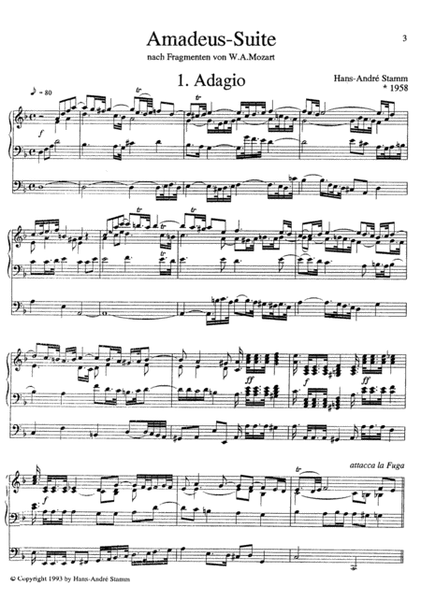
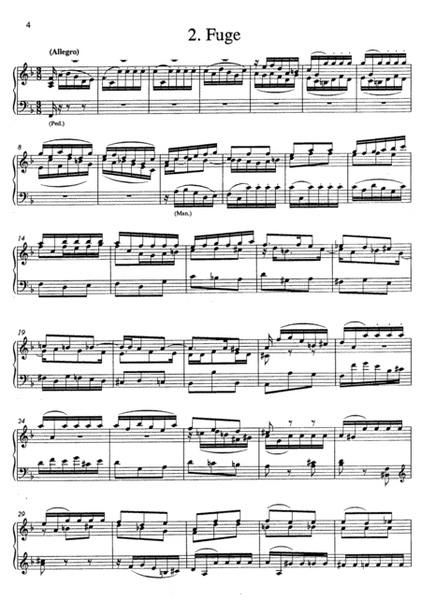
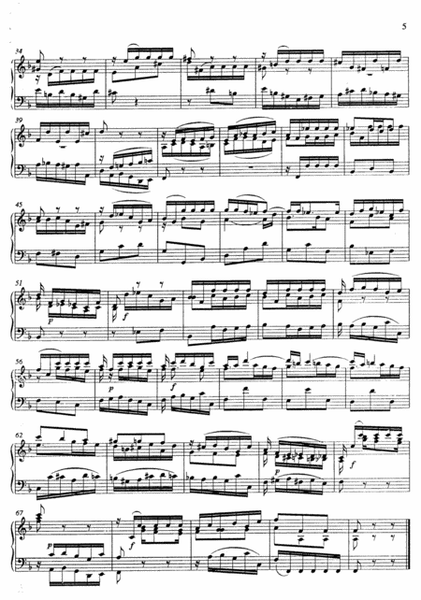
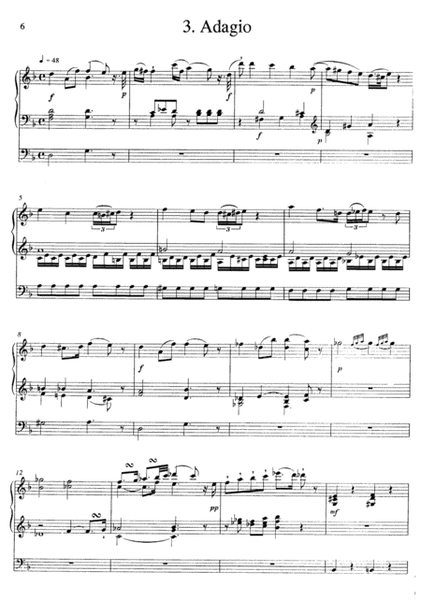

 Share
Share